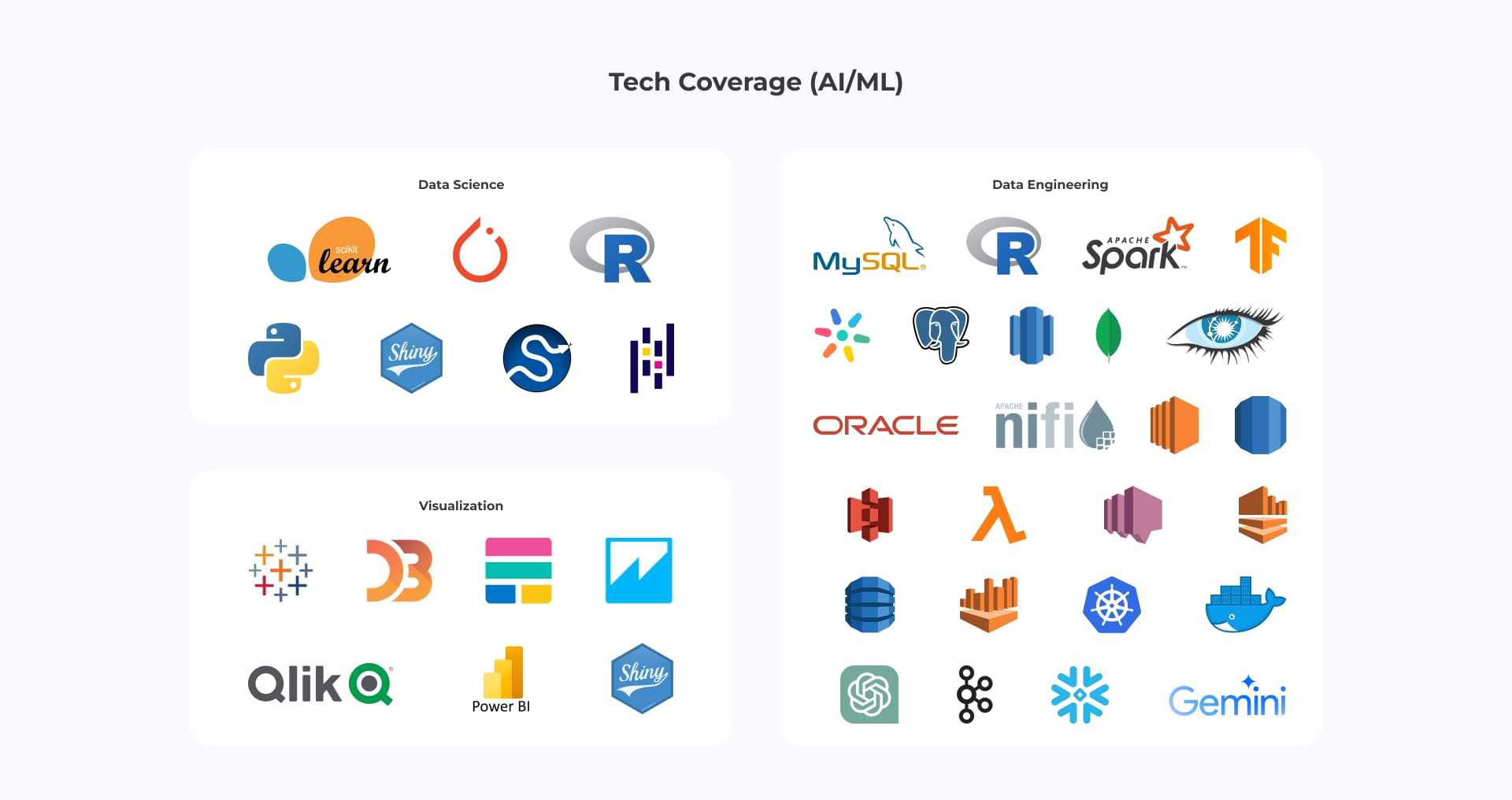What if Your Automation Could Think? Pondering the Impact of AI on RPA!
In the realm of automation, a revolutionary shift is underway as the marriage of Artificial Intelligence (AI) and Robotic Process Automation (RPA) transforms the landscape. Imagine a world where your automation not only follows predefined rules but also thinks, learns, and adapts – a world where machines possess a form of intelligence. Let’s embark on a journey to explore the profound impact of AI on RPA and how this fusion is reshaping the future of business operations.
Let’s connect
Book a meeting
The Genesis of Intelligent Automation:
Traditionally, RPA has been a rule-based technology, excelling at repetitive tasks and structured processes. However, the true potential of automation lies in its ability to navigate the complexities of unstructured data and dynamic workflows. This is where AI steps in, imbuing RPA with cognitive capabilities that elevate it from mere robotic execution to intelligent decision-making.
- Learning to Adapt:
AI introduces machine learning algorithms to RPA, allowing automation to learn from experience. Just like humans, RPA systems can analyze data, identify patterns, and adapt to new scenarios. This learning capability enhances efficiency and reduces the need for constant manual intervention. - Cognitive Processing with NLP:
Natural Language Processing (NLP) is the gateway for RPA to understand and respond to human language. This means that your automation can comprehend context, extract valuable information from diverse sources like emails or customer interactions, and communicate in a way that feels natural. - Visual Perception through Computer Vision:
The fusion of AI and RPA equips automation with the ability to “see” and interpret visual data. Computer vision enables bots to process images, recognize objects, and even read text from documents, expanding the scope of automation to tasks that were once exclusive to human capabilities.
The Impact on Business Operations:
- Enhanced Decision-Making:
The infusion of AI empowers RPA to make intelligent decisions. Bots can assess situations, evaluate data, and make choices based on learned patterns, reducing the burden on human operators and ensuring quicker and more informed decision-making. - Unleashing the Potential of Unstructured Data:
AI enables RPA to handle unstructured data sources with ease. Whether it’s extracting information from invoices, understanding handwritten notes, or analyzing images, this combination broadens the spectrum of tasks that can be automated, making operations more comprehensive and efficient. - Efficient Human-Machine Collaboration:
With AI, RPA becomes more than just a tool; it becomes a collaborative partner. The natural language understanding and learning capabilities facilitate seamless interaction between humans and machines, creating a harmonious work environment where each complements the strengths of the other.
Challenges and Considerations:
While the concept of thinking automation holds immense promise, it also brings forth challenges such as data privacy concerns, ethical considerations, and the need for skilled professionals to manage these advanced systems. Finding the proper equilibrium between automation and human supervision is essential.
Conclusion
The fusion of AI and RPA is not just an evolution; it’s a revolution in the way we conceive automation. The question “What if your automation could think?”It is no longer a theoretical concept; instead, it is a tangible reality that is transforming industries. As organizations embrace the potential of intelligent automation, the future promises not just streamlined processes but a synergy where machines and humans collaborate to achieve unprecedented levels of productivity and innovation. The era of thinking automation has dawned, and the possibilities are limitless.
Global success stories
Here are some related content that highlight our capability in delivering AI solutions that save costs as well as boost productivity.
Manufacturing 4.0:



